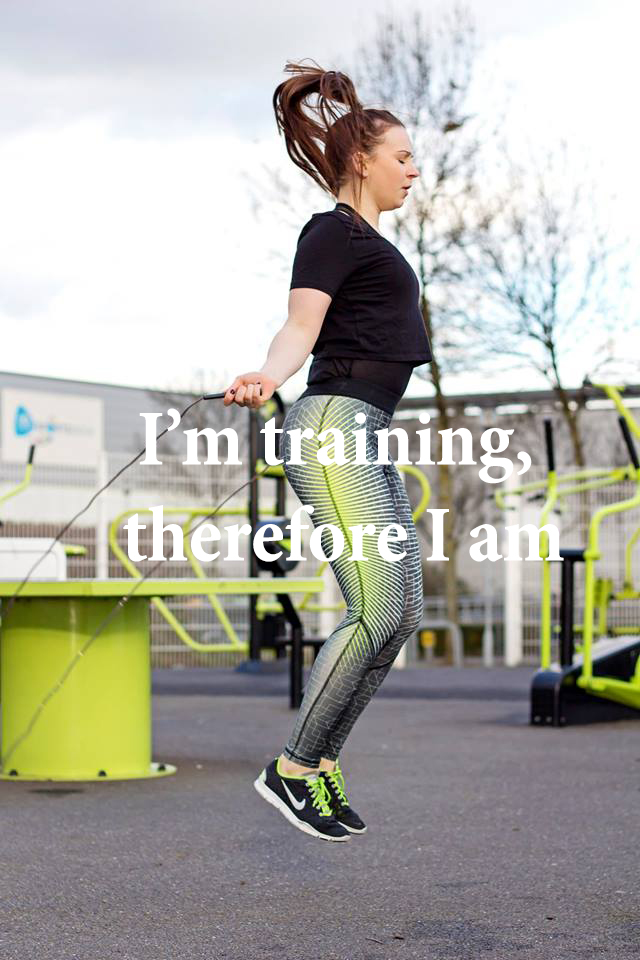So what on earth is an ‘ab crack’? Some kind of drug? Exercise move? New gym equipment?
Hate to be the bearer of bad news but the ‘ab crack’ is nothing more than, yet again, another body trend which has been magnified out of all proportion on social media.
Hold on, I hear you say, haven’t we always been obsessed with gaining a flat stomach and impressive abs, i.e. well-defined abdominal muscles? True, but this time there’s an extra tweak involved. Scrolling through my social media feeds confirms that supermodels, style bloggers and other ‘slebs’ are rating body shapes according to the divide between relevant stomach muscles. This is the infamous ‘ab crack’ (think ‘bum crack’ but in a good way).
It has taken social media by storm. Just take a look at #abcrack, #bikinibridge, #thighbrow. On Instagram the new core look is showcased by celebrity fitness models such as Emily Ratajkowski.
Pity the poor old ‘thigh gap’, last year’s unrealistic body trend, which has now been dethroned by the ‘ab crack’. Like kids in a candy store, we can’t resist the latest trend which somehow always seems the sweetest.
Some might choose to believe that the ‘ab crack’ is just a badge to show you’ve been working incredibly hard at the gym; but others, myself included, can’t help thinking that it’s an unhealthy obsession masquerading as a fitness goal.
Don’t get me wrong, I am all for strong, toned torsos, and it’s not for me to say there’s anything wrong with having a crease down the middle. But my concern is that impressionable young women will push themselves beyond healthy limits in increasingly desperate attempts to achieve what is really a sign of their own obsession, rather than the fitness level they claim to crave.
Let’s get one thing clear, having an ‘ab crack’ does not equal fitness success.
Rob Glanville, an experienced trainer at Activtargets Fitness, observed that “it’s entirely dependent on whether or not you genetically have the origins and insertions in the right places in order for the ‘crack’ to be more defined.”
Based on years of professional experience in sports science, Rob went on to explain that the ‘ab crack’ is “about body composition and hypertrophy with the abdominals.”
So how should we approach the abdominal muscles in our training? Rob pointed out that “hypertrophy rep ranges (8-12) with weighted resistance whilst in a calorie surplus, is going to get them growing. Once they are built, get the body fat down and see what you’re genetically blessed with in regards to structure of the muscle.”
James Tilley, PT and founder of Sui Generis Gym (suigenerispt.com), warned womenshealthmag.co.uk that “planks, crunches and a bit of cardio are not enough – it takes serious meal planning to hit these abdominal feats.” He added: “To achieve the initial onset of the gap, you’d need to drop below 20% body fat, but closer to 15% is when more prominent muscle striation will start to show.”
Bearing in mind that the recommended body fat percentages for women range between 20-30%, you can see why this mythical body trend may cause more harm than good.
Instead of aspiring to achieve the latest mythical goals and putting all our energy into becoming somebody else other than ourselves, how about aiming for attainably good abs, a helluva strong core and lotsa self-love?
Abs don’t just happen overnight (tell me something I don’t know) but fuelling your body with the nutrition it needs, e.g. foods that won’t trigger stomach/digestive issues like bloating, can be the starting point for reducing body fat. Team this with a healthy exercise regime comprised of cardio and resistance training, and you already have an effective and well balanced approach to defining stomach muscles.
Who knows what crazy body trend we’ll have the pleasure of meeting in the near future? Until then, with or without an ‘ab crack’, I think we are doing just fine!

